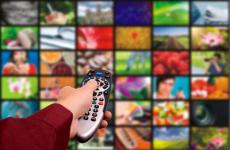Digital and analog. Analog and digital signals. Differences. Advantages and disadvantages
Without a thoughtful study of the connectors and their specifications, the owner of a modern digital TV can only go and hang on all these numerous cables. It is still not clear to everyone that it is better - analog or digital connection?
As you know, European standards provide a clear definition of what properties a TV should have in order to be rightfully called HDTV. Among these characteristics - the mandatory presence of connectors for digital connection - DVI or HDMI and component analog (component). The answer to the question "which one is better?" totally unclear.
Firstly, it is worth clarifying the moment, which can bring confusion and lead an unstable buyer to despair - in fact, DVI and HDMI interfaces are almost identical. The principal difference is that only a video signal can be transmitted via DVI, and also multi-channel digital audio via HDMI. Interfaces use different type of connectors, but an identical coding system. Therefore, a player with a DVI output can be connected to an HDMI display with a simple adapter, without using special converters.
It is considered by default that digital video is something perfect, without interference and problems in general, while analog video is always a pockmarked screen and curves from interference from the characters in your favorite movie. In fact, it often depends not on the type of connection, but on the capabilities of the technology itself, for example, the player and the display.
Connection properties
Through the digital interfaces DVI / HDMI, information in the TMDS format is received - separately for each component of the video - red, green and blue, in addition to the “blue” channel, information on vertical and horizontal synchronization is added.
Component analog video functions in a similar way, but here a separate physical connection is used for each channel - there are as many as three "component" connectors on the panel. The total brightness and synchronization data is transmitted over the green channel (designation Y or Green), there is also a red minus brightness (Pr or Red) and a blue minus brightness (Pb or Blue).
Both types of signals, both digital and component, are basically similar, except for the fact that the information is presented in a different form. How the image quality will differ with different connections will depend on many factors.
Digital is not always better
Normally, digital video is better than analog video. However, you should not make hasty conclusions and tear the analog cable out of the TV.
First, when using decent hardware and connections, there is no reason to distort the video, even at significant distances. Secondly, it is a mistake to assume that the signal in a digital cable is error free. Worse, the information received via DVI or HDMI interface is not subject to correction and, if it is distorted, it is completely lost. Of course, this will not happen with a high-quality cable at a short distance, but at large distances it is possible.
What affects the quality?
Many digital formats when transforming into each other, they give not quite satisfactory results. Therefore, digital-to-digital can sometimes be no better than digital-to-analog conversion. Even in the most expensive models of players and digital televisions The quality and transformation algorithms differ, sometimes significantly. It is always better if the output resolution of the player / receiver matches the native resolution of the TV.
In addition, often the display settings for digital and analog interfaces are initially set differently. Black display levels, for example, are often different for digital and analog signals. If the menu in the devices is too complex, recalibration can tire you out.
Cable quality
Typically, the quality of the analog component connection is very high, even long distances do not adversely affect the image quality. However, with an increase in the length of the cable, the appearance, noise, shadows, etc. is sometimes observed.
Unfortunately, DVI and HDMI are even weaker in this regard. Used to connect twisted pair from coaxial cable, which, with increasing length, significantly loses in data transmission quality. Packs of bits can "loop", superimposed on each other indefinitely, until the image disappears completely.
Transmitting data through a digital cable that is too long leads to a level of noise that will regularly “drop out” pixels across the entire screen. If you extend such a cable even more, the image may disappear altogether. Although individual digital cables could work correctly with a length of 15 meters, a lot depends on the effective combination of the source / receiver of the signal.
What's better?
The exact answer to the question "what is better?" Seems to be impossible to find. DVI or component? HDMI or component? The quality of the image determines the quality of the signal and the display, the quality of the cable, etc. It may well turn out that the DVD is better reproduced via HDMI, and the signal from the satellite or cable TV via the component interface.
Since the standard for HDTV provides for both digital and analog inputs, it is better to test all combinations yourself.
Any signal, whether analog or digital, is electromagnetic oscillations that propagate at a specific frequency. Depending on which signal is distributed, the device that receives this signal determines which image to display on the screen, respectively, with sound.
For example, a television tower or radio station can transmit both analog and digital signals. The sound is transmitted in analog form, and already through the receiving device is converted into electromagnetic oscillations. As already mentioned, the vibrations spread with a certain frequency. The higher the frequency of the sound, the higher the fluctuations, as a result, we get a louder voice at the output.
In general terms, the analog signal propagates continuously, and the digital signal is discrete (intermittent), i.e. the amplitude of oscillations takes on certain values per unit time.
If we continue the example of a sound analog signal, we obtain a process in which electromagnetic waves propagate using a transmitter (antenna). Since the analog signal propagates continuously, the oscillations are summed up, and a carrier frequency occurs at the output, which is the main frequency, i.e. it is setting up the receiver.
In the receiver itself, this frequency is separated from other oscillations, which are converted into sound.
The disadvantages of transmitting information using an analog signal are obvious:
- There is a large amount of interference;
- More unnecessary information is transmitted;
- Signal Security
If in broadcasting the transmission of information using an analog signal is less noticeable, then in television, the issue of switching to digital transmission is extremely important.
The main advantages of a digital signal over an analog signal are:
- Higher level of protection. The security of digital signal transmission is based on the fact that the “digit” is transmitted in encrypted form;
- Ease of reception. A digital signal can be received at any distance from the place of residence;
- Digital broadcasting can provide a huge number of channels. This opportunity provides fans of digital television with a large number of channels to watch movies and broadcasts;
- The quality of transmission is several orders of magnitude higher than with analog broadcasting. The digital signal provides filtering of received data, and it is also possible to restore the original information.
Accordingly, special devices are used to convert an analog signal to digital, and vice versa.
- A device that converts an analog signal to a digital signal is called an analog-to-digital converter (ADC);
- A device that converts a digital signal into analog is called a digital-to-analog converter (DAC).
Accordingly, the ADC is installed in the transmitter, and the D / A converter is installed in the receiver and converts discrete signal to analog, corresponding to voice.
Why is the digital signal more secure?
The digital signal is transmitted in encrypted form and the digital-analog device must have a code for decryption. The ADC can also transmit the digital address of the receiver. Even if the signal is intercepted, it will be impossible to decrypt it completely due to the lack of a part of the code. This property of digital transmission is widely used in mobile communications.
Thus, the main difference between an analog and a digital signal lies in the different structure transmitted signal. Analog signals are a continuous stream of oscillations with varying amplitude and frequency.
Digital signal - discrete (intermittent) oscillations, the values of which depend on the transmission medium.
Sometimes consumers have a question about how the signal is transmitted in television.
In television, before transmitting a digital signal, the analog signal must be digitized. After that, it is necessary to choose in which medium the transmission will occur: copper cable, ether, fiber-optic cable.
For example, many users believe that cable television is only digital data transmission. This is not true. Cable TV - This is both analog and digital signal transmission.
The difference between digital and analog television is most easily demonstrated by the example of the differences between digital and analog sound or photos. If in the analogue the television picture and sound track are encoded with the help of an analog electric signal, then in the digital, respectively, digital coding is used.
In the late 90s, only analog color television existed in our country. The broadcast used the French coding system SECAM. Older readers will surely remember that on videotapes one could find films encoded with alternative systems - PAL or NTSC, for the comfortable viewing of which a video recorder with their support was needed.
To watch digital TV on a computer, a small USB module and UHF antennas are sufficient.
The main disadvantages of the analogue are the weak protection against interference, as well as the rather wide band of the radio frequency spectrum necessary for the transmission of one channel.
Therefore, on the air, we were limited to a maximum of two dozen color channels, and in cable networks on average 70 (with rare exceptions).
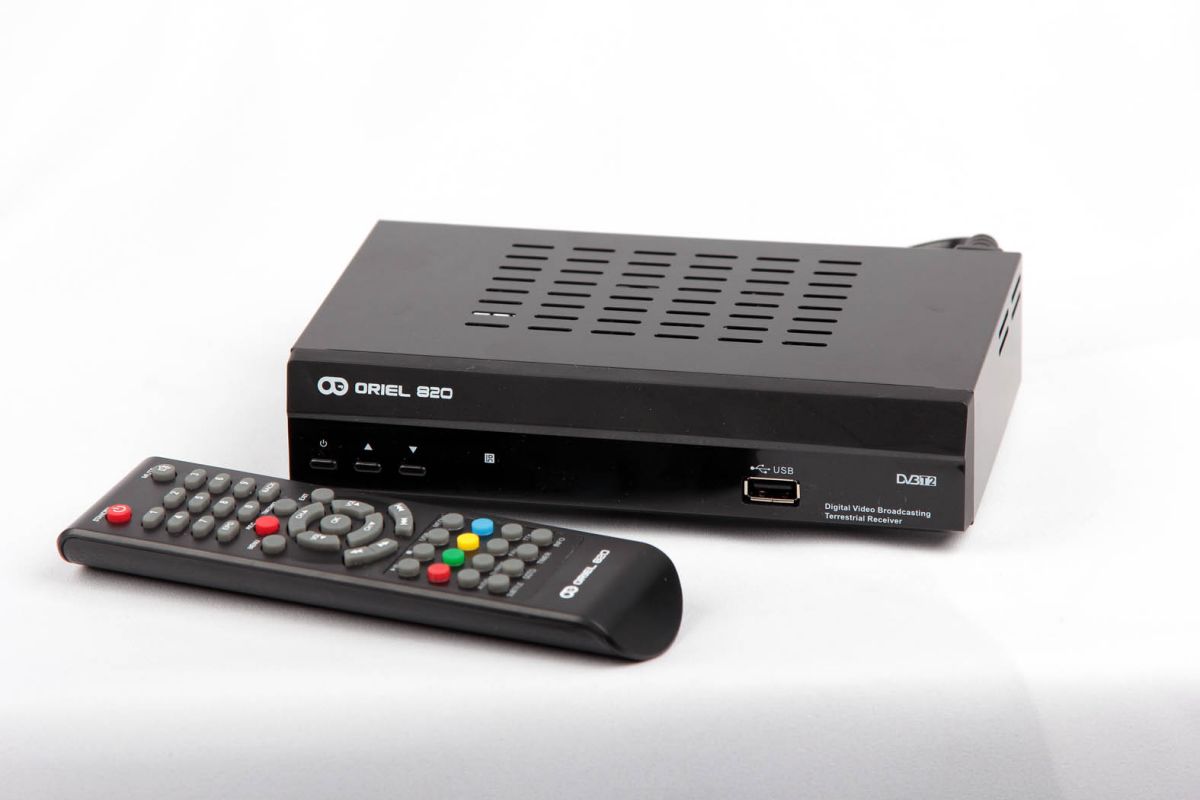 If the TV is not equipped with a receiver digital channels, then you can buy a separate decoder that supports dVB-T standard2
If the TV is not equipped with a receiver digital channels, then you can buy a separate decoder that supports dVB-T standard2 WITH analog signal it is quite difficult to make a convenient service for the user and the operator (with the ability to quickly connect / disconnect packages of channels, etc.). In addition, the analogue needs high power transmitters with a large coverage area because receivers to get a good picture need a high signal level, which means that the frequency spectrum in the radio is used very inefficiently: in neighboring areas you can not transmit on one channel, requires proper frequency planning.
The digital signal is free from these disadvantages. The main advantage of the digit is that the coded channel can be compressed using modern algorithms (the same MPEG). How exactly to encode a signal and how to compress it is determined by the standard. Today, in Europe and Russia, the main family of standards is DVB - the “brainchild” of the international consortium DVB Project.
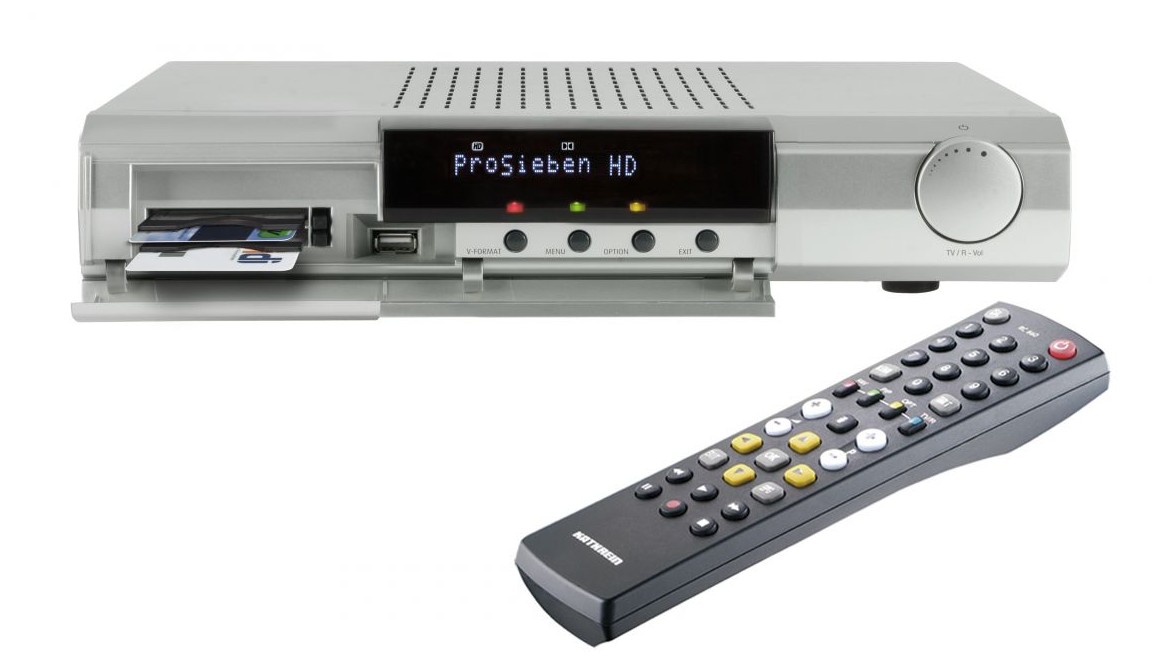
The family includes standards for satellite, terrestrial, cable and mobile television, differing by the degree of compression, noise immunity and other parameters (important, depending on the transmission medium used). However, in the press, the “broadcast” standard has recently been called the broadcast standard (in the case of Russia, DVB-T2). Let's start with it.
From analogue to digital in the air: the Russian version
Given the advantages of the numbers, the world community began the transition to modern broadcasting standards in the early 2000s. In all countries, this process went (and continues to go) simultaneously with the “optimization” of the radio broadcast, which is actively used not only by television broadcasters, but also by mobile operators, military and other consumers.
Due to the compression in 1 analog television channel, for example, in the DVB-T2 standard, it can fit up to 10 digital channels with approximately the same picture quality. In addition, part of the spectrum allows the above-mentioned reduction in transmitter power to be released. Within one country, these processes are regulated by the state, and on a continental scale - by various interstate agreements.
According to one of such agreements, the Russian border territories should eventually cease broadcasting in analog format. So the transition from analogue to digital television determines not only the desire for new technologies, but also the responsibility to the nearest neighbors.
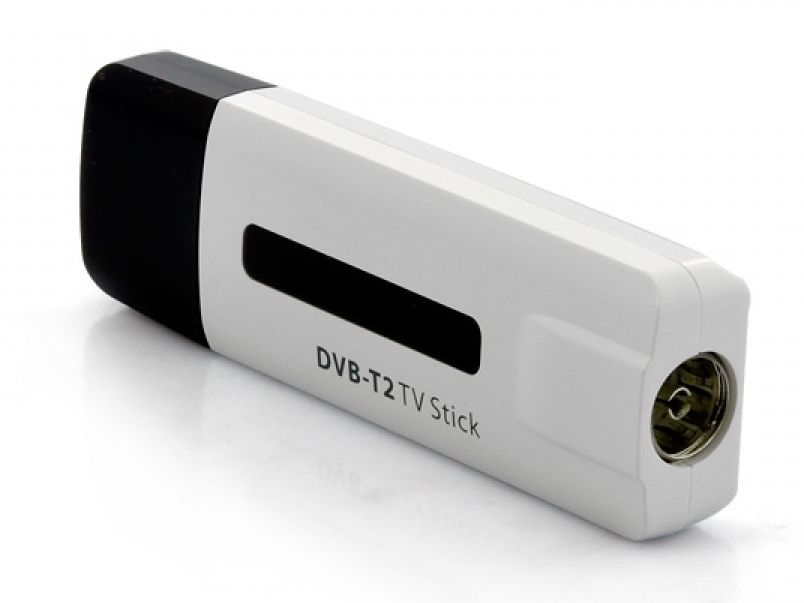 Inexpensive USB adapters for receiving digital channels can be found not only for PC ...
Inexpensive USB adapters for receiving digital channels can be found not only for PC ... 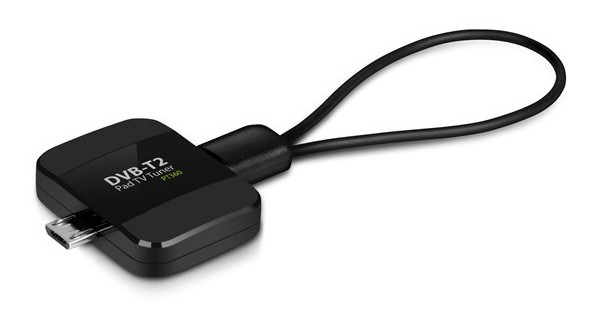 ... but also for smartphones and tablets. At the same time, they will connect via micro-USB
... but also for smartphones and tablets. At the same time, they will connect via micro-USB The transition from analog to digital television on air in our country began in 2009. The DVB-T standard, already introduced in a number of European countries, was taken as the basis at that time.
It should be understood that television is a chain of interaction between a whole list of intermediaries between the content producer and its consumer, each of which has a fleet of analog equipment to be replaced. The state project involves updating only a part of this chain - distribution and transmission equipment.
In some cases, the state helps with the purchase of new shooting equipment television studios.
But viewers have to think about replacing the “receivers” on their own. All these difficulties and do not give at one moment to move to a new standard, where such changes would be undertaken.
And in our country, the transition went even harder. Initially, a very high tempo was taken, but after a few years, “horses were replaced at the crossing”, saving time at the next evolutionary step: it was decided to introduce a more advanced second generation of the “on-air” standard - DVB-T2, which provides more digital channels on the frequency analog channel bandwidth (compared to DVB-T).
It should be noted that the transition does not imply any increase in the resolution of the broadcast picture. The project includes only a change in the way it is presented, and we should wait for HD quality only in the distant future (the standard supports HD, but at the state level we have decided not to touch this topic).
To date, DVB-T2 transmitters are already working almost throughout the country. Somewhere, only 1 multiplex is enabled (a packet occupying the space of one analog channel); in other areas already included the second. This means that, having the appropriate receiving equipment, you can watch 20 channels in decent quality from the air for free.
Although from the very beginning of the transition it was about the fact that by 2015 our country should completely switch to the figure and turn off the analogue until the disconnection question was postponed, therefore analog television continues to function.
A photo: manufacturing companies



